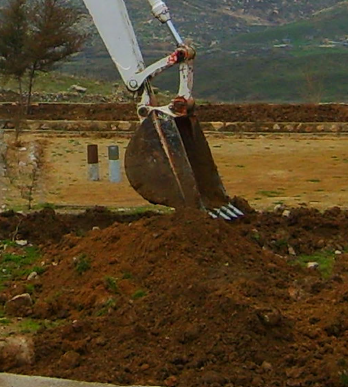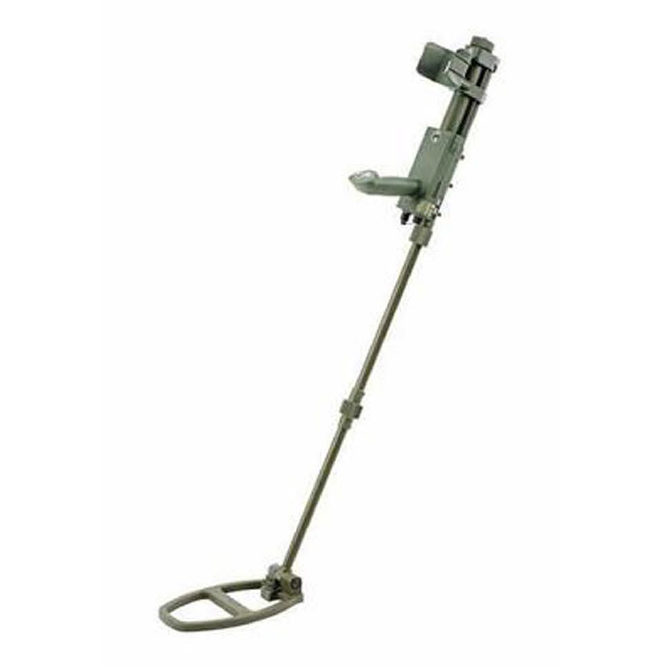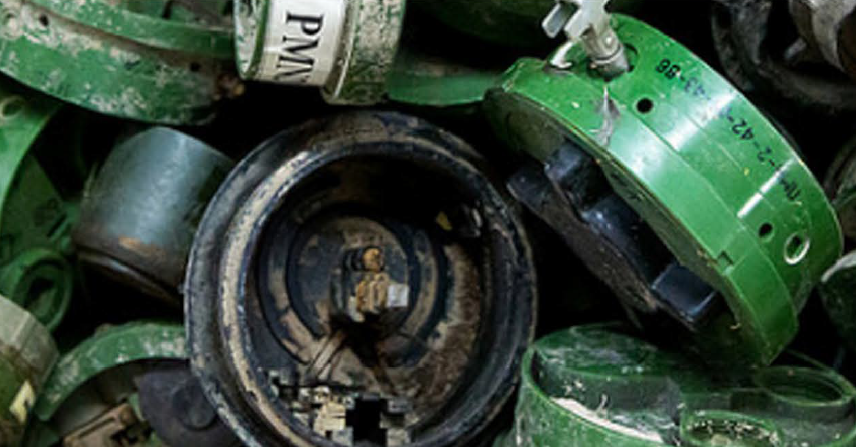Mine Removals focus on the detection, removal, and disposal of landmines, unexploded ordnance (UXO), and other explosive remnants of war (ERW).
These services play a critical role in ensuring safety in regions affected by past conflicts, restoring land for civilian use, and preventing casualties. The process involves a combination of specialized technology, expertise, and coordination with local authorities and international organizations.
- Utilizes metal detectors, ground-penetrating radar (GPR), and drones to identify buried explosives
- Conducts surveys and mapping of hazardous areas to prioritize and plan safe clearance operations
- Provides training for personnel on how to safely identify, handle, and report mines and UXOs.

Removal of identified mines and UXO by Excavation Method
The full area excavation technique is where the whole area that needs to be cleared is excavated by manual deminers to a specified depth to ensure that all mines within the area to the specified depth are found and re-moved.
The full area excavation technique should be used in sand, soft soil or in areas where water is available to soften the ground. a hand trowel or scraping tool is used to remove the soil in front of the deminer’s base stick to a minimum depth of 15 cm and to a minimum width of 1.2 meter.
The front edge of the clearance lane will be a trench (depth and width as above) which will move slowly forward by the continual removal of the front layer of the soil. mines will be located by being struck gently on their sides with the digging tool.







